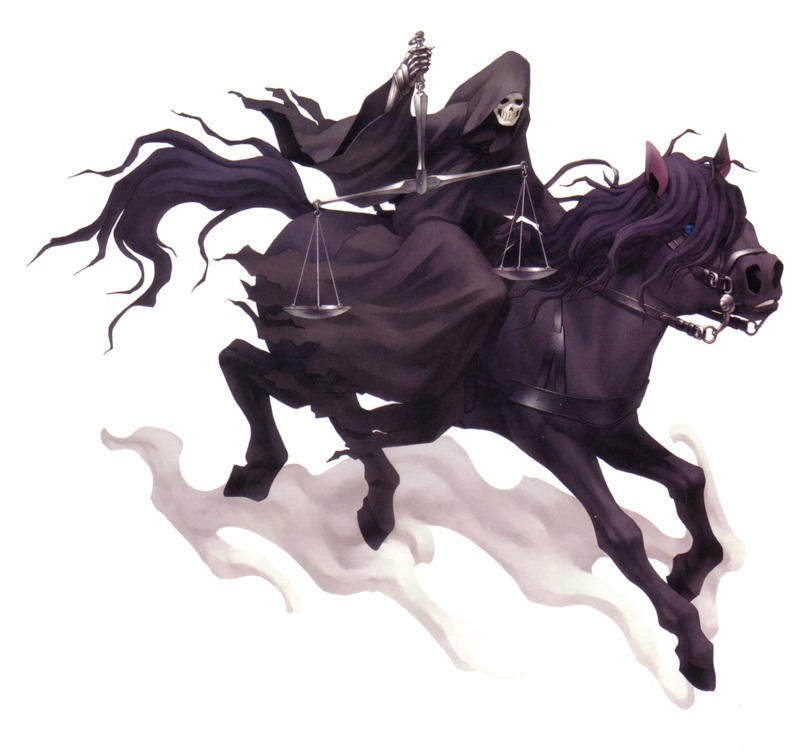Image source: http://www.lamortdanslart.com/danse/Manuscrit/Holbein/dd_holbein.htm
Edit: me

Perhaps this is in bad taste?
While I dislike Peasant Fires the most out of all of our assigned readings so far, one of the quotes in the book were burned into my mind. This in part is due to our wonderful TA Mark, who brought it up once in discussion. Paraphrased, the quote was:
“Peasants stand up to their necks in water, so that even the slightest ripple will drown them”.
By this, the author meant that peasants lived in constant fear of “drowning”. A peasant lived in a constant balancing act – he had to pay the taxes forced upon him by his landlord, manage his crops and livestock, find the time to pray or be shunned by their peasant community, socialize and haggle with the other peasants, and so forth. If even a single one of those balancing acts were to be disturbed, such as a drought killing off all of their crops, the peasant’s life would be in peril. The peasant wouldn’t be able to feed themself, their family, their livestock, have anything to trade or sell, or pay their landlord with. Thus, drought is an example of one of the “ripples” that can “drown” a peasant.
If a drought were to last long or be harsh enough, it would cause famine. This leads to the third horseman of the Apocalypse: Famine.
“When He broke the third seal, I heard the third living creature saying, “Come.” I looked, and behold, a black horse; and he who sat on it had a pair of scales in his hand. And I heard something like a voice in the center of the four living creatures saying, “A quart of wheat for a denarius, and three quarts of barley for a denarius; but do not damage the oil and the wine.”
— Revelation 6:5-6

In times of famine, staple food crops would be in short supply, but the demand for luxury items would stay relatively the same. This explains the quote above – the prices of wheat and barley were greatly inflated due to famine-related shortage, while oil and wine, being more “vanity” type food items, wouldn’t need to have their prices changed.
Thematically, Famine’s design in the SMT series matches the other two Horsemen already mentioned on this blog. He wears the typical Grim Reaper’s robes, and rides a horse color-coordinated to match himself. A fact that I have not put on the other two is that all of their horses have the same eye color: a striking and unnatural blue.
This detail, along with each Horseman’s skeletal visage, is meant to make the viewer feel uneasy – yes, it is a humanoid figure on a horse, but something about both horse and rider is wrong.
While Conquest’s white horse can be interpreted as the glory of a newly-conquered land and War’s red horse the blood and violence of battle, Famine’s black horse is something much less extravagant. To me, the black color of the horse represents rot. Yes, black is a color typically attributed to Death, but the black of Famine’s horse can be interpreted as representing the ruined crops his arrival had caused.
Famine’s scales represent how the scarcity of food has resulted in higher prices, likely caused by the actions of the previous two Horsemen.
Famine’s pose isn’t quite as exaggerated as War’s. His is much more serious: he rides forward, veering to the side to show off his scales. Unlike the first two Horsemen, he doesn’t sit up tall, but rather leans forward. This detail adds in with how he appears to be riding towards the viewer, spreading his blight across the land.
Again, all art on this blog, unless stated otherwise, is made by Kazuma Kaneko.
In my Design 14 class, we were required to draw one of Dutch anatomist Bernhard Siegfried Albinus’ skeletons. While our class lecture about the Bubonic Plague was something in the distant past, it appeared on our recent midterm. The skeleton’s pose, with its leaning to its right side (our left) and welcoming arms reminded me of Hans Holbein’s Danse Macabre woodcut prints. Its left hand, in particular, with its pointing index finger, is what reminds me of Holbein’s prints.
To me, that gesture appears to make it look as if the skeleton is welcoming the viewer into the realm of death, as if it were a waiter at a restaurant would direct his customers to their table. It’s a very casual pose, and shows off the bones in the arms while adding some charm.
The drawing was done by me on 18 by 24 inch Bristol paper, with brush and ink pen.

In the Feb. 7 lecture, Professor Stuart mentioned indulgences.
An indulgence was an item that could be purchased by a person in order to reduce their sin, meaning that they’d spend less time in hell if they bought some.
The buying and selling of indulgences eventually went commercial by the Late Middle Ages, and went out of the Church’s control.
Eventually, the buying and selling of indulgences was repressed, partially due to the Protestant Reformation that we’ll soon learn about.
Interestingly, or perhaps not very interestingly, indulgences are exactly what Hans of Peasant Fires would’ve urged people to burn. Hans believed that any items indicating wealth (like fancy clothes and pointed shoes) should be burned, as they contributed to sin. Since indulgences were items purchased in order to reduce a person’s sin, they go counter to Hans’ beliefs.
I believe that Hans would’ve believed indulgences to be heretical, as they were something only the wealthy could obtain many of. Therefore, they’d be but another item thrown onto the communal bonfire.